You’ve probably seen them. Maybe you even have one – a dog who happily plays with his canine pals in the dog park, but the instant he’s on leash and sees another dog he turns into a barking, lunging, lunatic hound-from-hell. What on earth is it that turns a canine social butterfly into Cujo, with a human hanging onto the other end of the leash for dear life?
Oh, wait. That’s it. The leash. He’s leash-reactive. But why?
REACTIVITY
Reactive behavior is defined as an abnormal level of arousal in response to a normal stimulus. In other words, the dog overreacts strongly to something that most dogs can handle calmly, offering behavior described as barking (sometimes screaming), lunging, snapping, and sometimes biting. It can refer to dogs who overreact to visitors at the door, people passing by the car window, trucks, skateboards, and a variety of other stimuli in addition to other dogs. Reactivity often involves aggressive behavior, but not always. The three types of dog-to-dog leash reactivity we commonly see are:
- Offensive Aggression Reactivity. The dog who truly wants to go attack other dogs because he really doesn’t like them and wants to get them.
- Defensive Aggression Reactivity. The fearful dog whose display is meant to keep scary dogs away.
- Frustration Reactivity. The dog who loves to engage with other dogs and is immensely frustrated when not allowed to do so.
It is the third type, frustration reactivity, that we will discuss here.
DOG-TO-DOG LEASH FRUSTRATION REACTIVITY
Frustration reactivity can be the hardest of the three for a dog’s caretakers to understand. It’s easy to grasp that some dogs just don’t like other dogs, or are afraid of them, and the resulting displays make sense.
But when your dog clearly loves other dogs, it seems counterproductive for him to put on a show of behaviors that are usually quite off-putting to humans and other dogs alike. Why is he doing something that is likely to make other dogs want to avoid him, rather than approach? Because he can’t help it!
This behavior is most often seen in dogs who have a history of being able to approach other dogs whenever they want, on-leash or off. It may be the dog who simply has never been on-leash around other dogs – he grew up in an environment where dogs were off-leash and mingling all the time. This might have been a shelter, hoarder, or rescue situation where dogs were communally housed, or a rural community where dogs were allowed to regularly run loose. It might even be a dog imported from a street-dog colony in another country.
Alternatively, it might be a dog whose human routinely encourages him to “Go say hi!” to other dogs when walking on leash, even allowing the dog to drag her up to other dogs for greetings, often to the dismay of the owner of the dog being greeted.
In any case, this reactive dog is frustrated when he is thwarted from his desired goal of greeting the other dog, and his frustration results in an emotional display that can be quite impressive. This is often described as “low tolerance for frustration” or “lack of impulse control,” and the leash-reactive dog may well demonstrate these behaviors (perhaps to a lesser degree) in other frustration-causing situations as well.
Where the solution for a defensively or offensively aggressive-reactive dog is usually to move farther away or out of sight, this often only upsets our frustrated greeter even more, increasing the intensity of his emotional display as he sees the object of his desire disappearing from view. So, what to do?
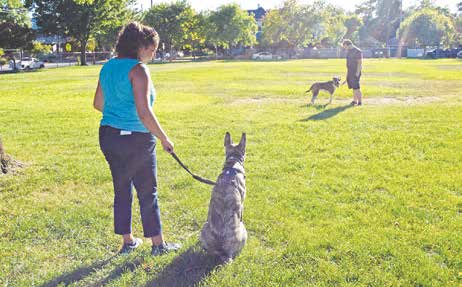
POSSIBLE TO PREVENT
Prevention is always better than modification; that’s why I have a “no on-leash greeting” policy at my Peaceable Paws training center as well as for my own dogs. To interact with other dogs, we go to a safely enclosed space where my dogs can socialize without the constraints of leashes, where we are not creating expectations of on-leash greetings.
If it’s too late for prevention, you have a variety of training and behavior modification options.
CLASSICAL CONDITIONING
Classical conditioning involves creating associations that result in emotional and physical responses. When Pavlov’s dogs salivated at the sound of the bell, it was because their brains had made an association between the sound of the bell and the arrival of the food. Their behavior wasn’t deliberate and it wasn’t under their control – they simply responded because their brains had come to realize that the sound of the bell reliably predicted the arrival of food.
The aggressive-reactive dog has a negative association with the presence of other dogs, and reacts accordingly – with aggression. The frustrated-reactive dog has a positive association with the presence of other dogs and reacts accordingly, with excitement.
Counter-conditioning changes an already existing association. In most cases, we are working to change a negative association to a positive one. In the case of a frustrated greeter, we are working to change an out-of-control positive association to a less exuberant but still positive association. Our goal is to have a dog who is happy to see other dogs but can still be calm and controlled about his happiness. This is a relatively simple procedure, and I have had a lot of success using it with frustrated greeters.
The easiest way to give most dogs a new association is with very high-value, really yummy treats. I like to use chicken – frozen strips, canned, baked or boiled, since most dogs love chicken and it’s a low-fat, low-calorie food. Here’s how the process works:
1 Determine the distance at which your dog can be in the presence of, alert and aware of another dog, but reasonably calm. This is called the threshold distance.
2 While holding your dog on leash, have a helper present a calm, leashed, neutral dog at your dog’s threshold distance. Or, alternatively, position yourself and your dog so that a leashed dog appear at threshold distance. The instant your dog sees the other dog, start feeding bits of chicken to your dog. Pause, let him look again, feed again. Repeat as long as the other dog is present.
3 Continue pausing and feeding until the other dog is out of sight. (Or, after several seconds, have your helper remove the other dog and stop feeding your dog.)
4 Keep repeating steps 1-3 until the presentation or appearance of a dog at that initial threshold distance consistently causes your dog to look at you with a happy smile and a “Yay! Where’s my chicken?” expression. This is a conditioned emotional response (CER) – your dog’s association with the dog at threshold distance is now about chicken instead of excitement and arousal.
5 Now, increase the intensity of the stimulus (the other dog) by decreasing the distance between the other dog and your dog. In small increments, move your dog closer to the location where the other dog(s) will appear, achieving your dog’s goal CER at each new distance, until your dog is happy to be very near to the other dog. Note: It may take a number of trials over a number of days or longer to achieve this!
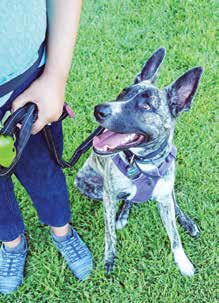
6 Then return to your dog’s original threshold distance, and work on increasing the intensity of the other-dog stimulus. You can do this by having your helper encourage her dog to be more active (perhaps by jogging by, or playing fetch or tug), or by increasing the number/frequency of dogs appearing. Gradually decrease distance and attain your goal CERs along the way, until your dog is delighted to have the more active/increased number of dogs in close proximity while remaining calm.
Caution: Because your dog wants to greet the other dog(s), she may become more aroused when the other dog(s) goes farther away or out of sight. If this happens, have your helper keep the neutral dog in view. Alternatively, engage your dog in other activities that she loves (such as targeting, playing tug, or catching a ball) to take her mind off the missing dog when the other dog is out of sight.
(Adapted from Kelly Fahey’s Resource Guarding protocol, adapted from Chirag Patel’s “Drop” protocol)
Note: Be sure to repeat each step eight to 12 (or more) times, until your dog eagerly responds to the cue, before progressing to the next step. Remember, you want the dog to do a 180-degree turn and run away with you.
1 Say “Walk away!” in a cheerful tone and toss several treats on the ground about six to eight feet behind your dog. Turn and run with your dog to the treats to encourage him to move quickly.
2 Place a neutral (not valuable to the dog) object on the ground. When your dog sniffs it, say “Walk away!” and toss several treats on the ground about six to eight feet from the object, behind your dog. Turn and run away quickly with your dog. Encourage your dog vocally – make it a party! Practice this step with a variety of neutral objects.
3 Place a low-value object (something your dog is mildly interested in) on the ground. When your dog sniffs it, say “Walk away!” and toss treats as you and your dog run away from the object. Practice this step with a variety of low-value objects.
4 Place a medium-value (to your dog) object on the ground. When your dog sniffs it, say “Walk away!” and toss treats as you and your dog run away from the object. Practice with a variety of medium-value objects.
5 Place a high-value object (one of your dog’s favorite things) on the ground. When your dog sniffs it, say “Walk away!” and toss treats as you both run away from the object. Practice with a variety of high-value objects.
6 Start using “Walk away!” occasionally when you are walking your dog on a leash, when he shows interest in something. (Not every time – he still gets to be a dog!) Use your Walk Away cue when he sees a dog in the distance before he starts to get aroused. Eventually you should be able to use it to move him away even if he has started to get excited.
BEHAVIORS THAT CAN MODIFY REACTIVITY
You can also use operant conditioning – teaching deliberate behaviors – to modify reactivity using a procedure known as Reverse CAT (Constructional Aggression Treatment).
The CAT procedure uses negative reinforcement (wherein the dog’s behavior makes an unpleasant thing go away). Say the dog is stressed and unhappy about seeing other dogs. The handler sets up a situation that exposes the subject dog to another dog – and moves the other dog away from the subject dog in response to any increase in the subject’s calm or relaxed behavior. The subject dog learns that behaving in a calm and relaxed manner will keep other dogs away. Once he is calm and relaxed, he no longer feels the need to keep other dogs away, and no longer displays aggressive behavior. (For more about this, see “Build Better Behavior,” WDJ May 2008.)
In contrast, a frustrated canine greeter is reinforced by any opportunity to move closer to another dog. So the Reverse CAT procedure uses positive reinforcement (wherein the dog’s calm behavior makes a good thing happen); when he’s calm, he gets to move closer to the other dog. The procedure also uses negative punishment (wherein the behavior we don’t want – his aroused behavior – moves him farther away from the dog).
Note: Don’t worry about the technical terms; they are confusing to even some very experienced trainers! I’ve included them for the sake of those who want to understand what behavioral constructs are at work here.
Start at your dog’s threshold distance (close enough to the other dog for him to notice, but not so close that he begins any frantic or excited behavior). Start walking toward the other dog. As long as your dog is calm, keep moving forward. As soon as he starts becoming aroused or excited about getting to greet the other dog, turn and walk away to whatever distance it takes until he is calm. As you repeat this multiple times, he will hopefully come to realize that the only way to get close to the other dog is to remain calm.
If your dog remains calm all the way up to the other dog, go on a nice, calm, parallel walk with the other dog. Sometimes (not every time!) at some point in the walk, find a safe, enclosed area where you can drop leashes and let the dogs play with a “Go play!” cue. (You don’t want to drop leashes and play immediately when your dog calmly walks up to the other dog, as this will again reinforce your dog’s belief that he gets to play with every dog he walks up to.)
This is not a simple procedure and is best implemented under the guidance of a behavior professional who is experienced with the protocol. When it works, it can happen amazingly quickly for a frustrated greeter. But for some dogs, the frustration of constantly being walked away is just too great, and they may only become more frustrated. In this case, the other protocols described here would be better.
BEHAVIORS THAT HELP WITH MANAGEMENT
If your dog is a frustrated greeter, you know that management is key to a low-stress existence. Often, management just means keeping your dog far away from other dogs. But there are times when some operant (trained) behaviors can help you through unexpected or unavoidable encounters. Here are two such useful behaviors:
- Find it! This is the easiest behavior you will ever teach your dog. Just drop a high-value treat between your feet and cheerfully say, “Find it!” If necessary, point to show your dog where the treat landed. Repeat many times, until when you say “Find it!” your dog runs to your feet to look for the treat. Your dog will have a very positive classical association with the “Find it!” cue, so it will put his brain in a happy place when he hears it.
Note: Always drop the treat at your feet, so when he hears the cue, he will orient to your feet, taking his attention away from the other dog.
- Walk away! This is an emergency escape cue that you will associate with a fun game: “Do a 180-degree turn and run the other way with me!” This protocol also installs a positive association with the cue, puts your dog’s brain in a happy place, and gives him something fun to do instead of reacting to the other dog.
BEHAVIORS THAT TEACH FRUSTRATION TOLERANCE
These are things you can practice with your dog to help him learn to better tolerate frustration. Teach them in the absence of other dogs so that eventually they will contribute to your dog’s ability to remain calm in the presence of other dogs.
- Wait. This is easiest to teach with a food bowl. Have your dog sit. Hold up your dog’s food bowl, say “Wait,” lower it a few inches, give a click or other marker, raise it back up, and feed a treat from the bowl. Gradually lower a little farther each time until you can set it on the floor without him getting up. You can also use it at doors and any other time you want your dog to pause and wait. (See “Wait and Stay” WDJ May 2018.)
- Leave it. Say “Leave it!” in a cheerful voice and place a durable high-value treat under your shoe. Wait for your dog to stop trying to get it; do not use corrections, and do not repeat the cue! When your dog backs away from the treat, click (or use some other marker), and feed him a different treat.
Continue to use a high rate of reinforcement (click and treat a lot!) as he continues to leave the treat under your alone. Eventually, uncover the treat, with your foot ready to cover it again if your dog dives for it. Do not correct or re-cue! Continue to click and treat until you can eventually leave the treat uncovered without him trying to get it. (See “Leaving for Good,” WDJ June 2018.)
- Sit. Yes, even a simple “Sit” can be an impulse-control exercise. We teach “Sit” as a default behavior – the thing a dog does when he doesn’t know what else to do. It becomes a default behavior because he has been so highly reinforced for it that it is his automatic behavior choice. If, in addition to using a very high rate of reinforcement for offered sits (as well as ones you have cued), you also increase duration of the sit (gradually waiting longer and longer after he sits before you mark and treat), your simple “Sit” becomes a very valuable impulse control behavior.
GET HELP IF STRUGGLING
Even though your dog’s frustrated greeting reactivity comes from a happy place, it’s still not easy to live with and not always easy to modify. If you’re struggling, don’t despair. There are ever-more qualified force-free training professionals out there waiting to help you. Find one!


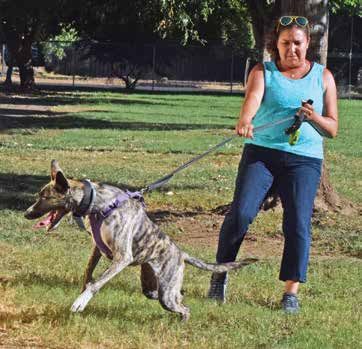
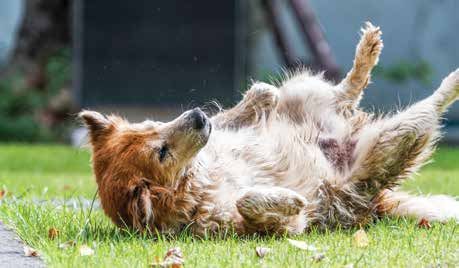
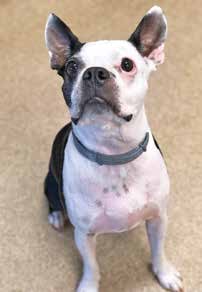


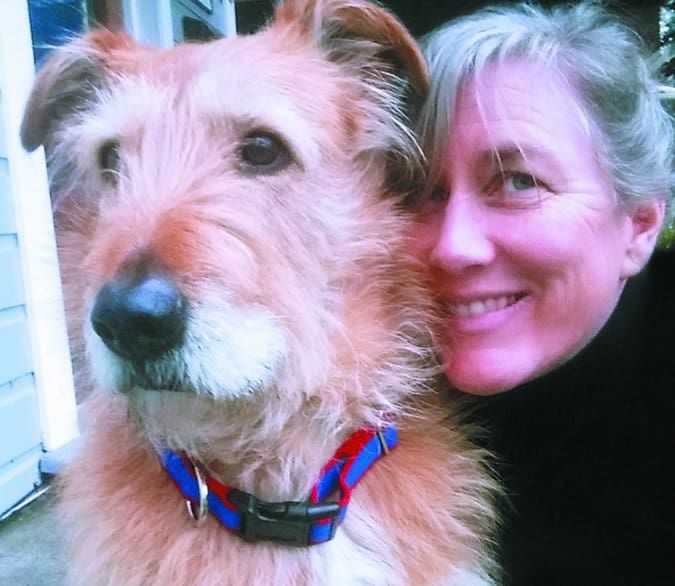
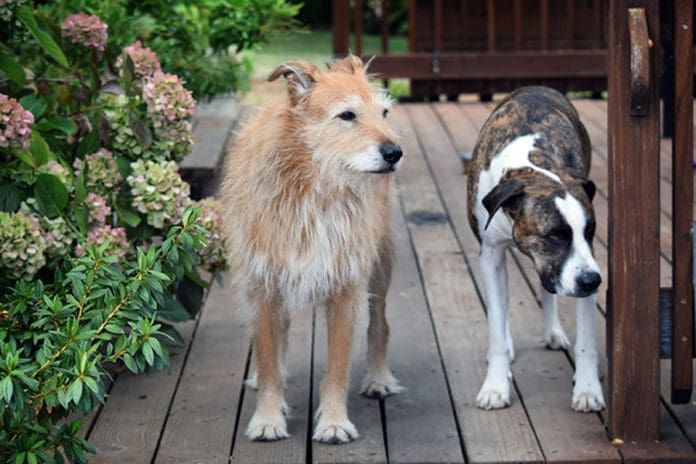
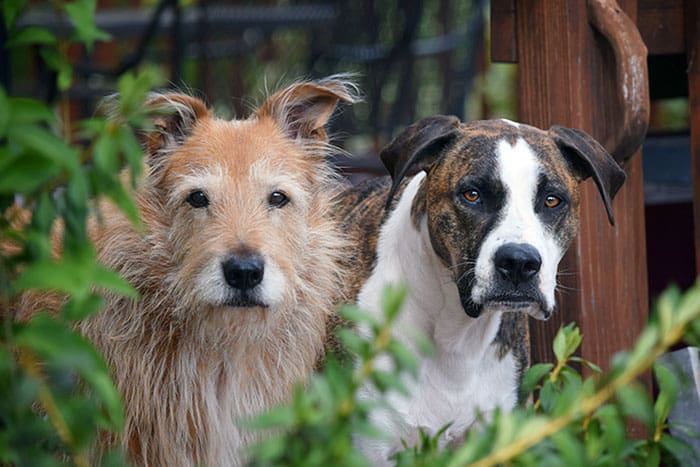

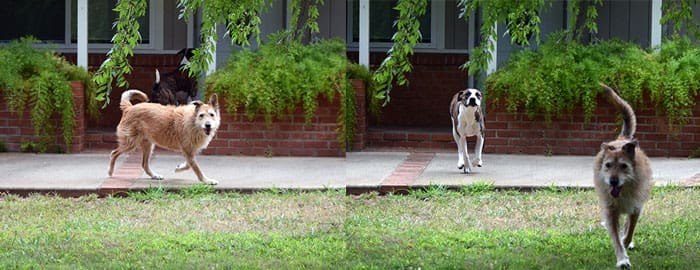

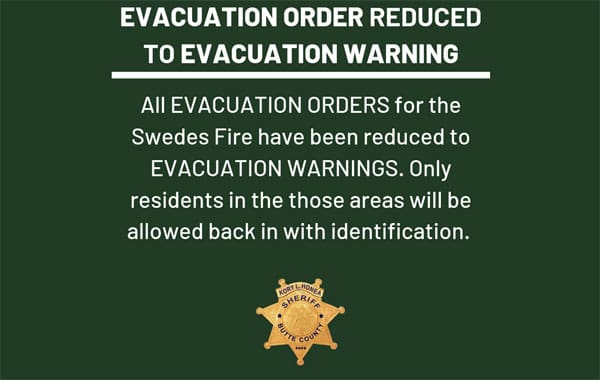
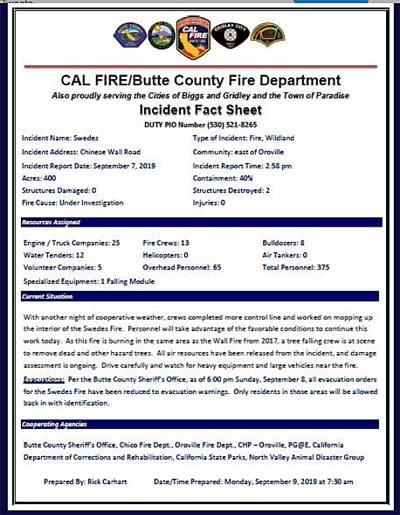






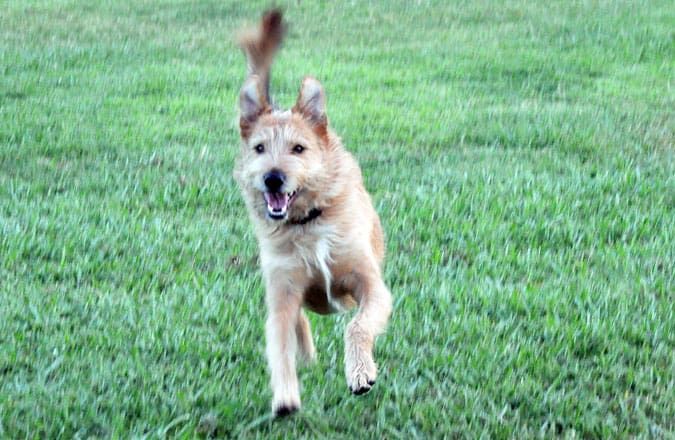
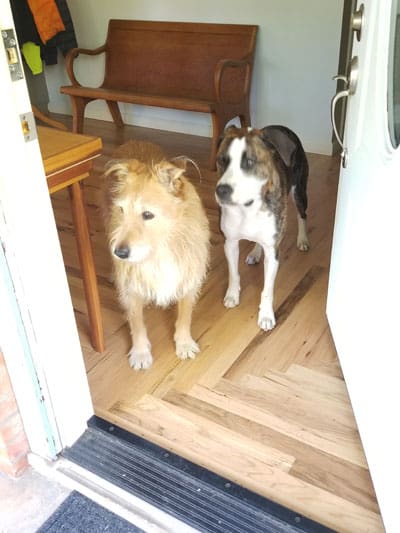
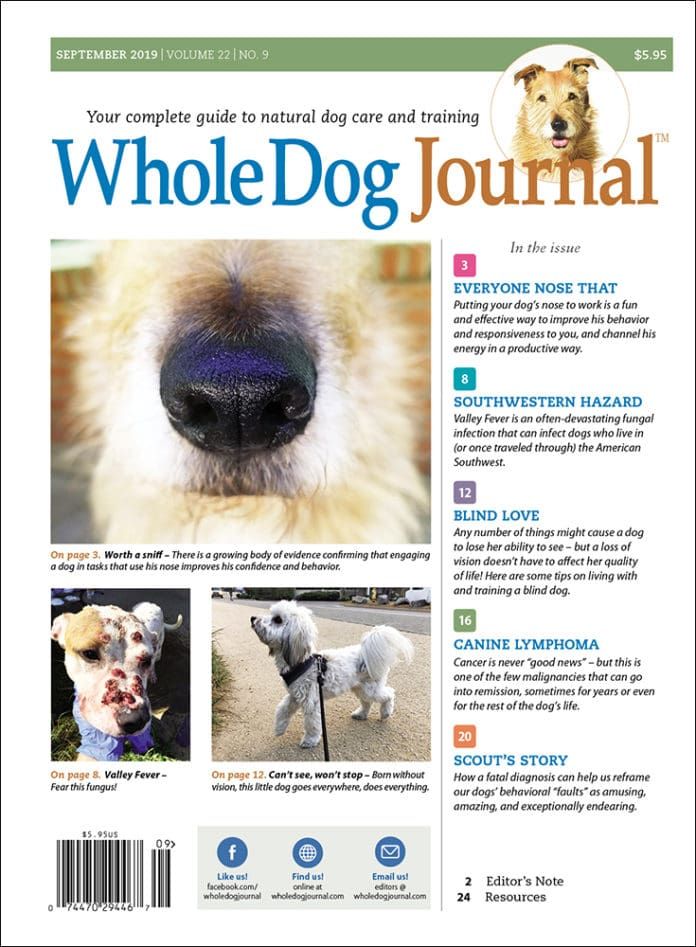

![scout2[1]](https://www.whole-dog-journal.com/wp-content/uploads/2019/08/scout21-696x520.jpg.optimal.jpg)

